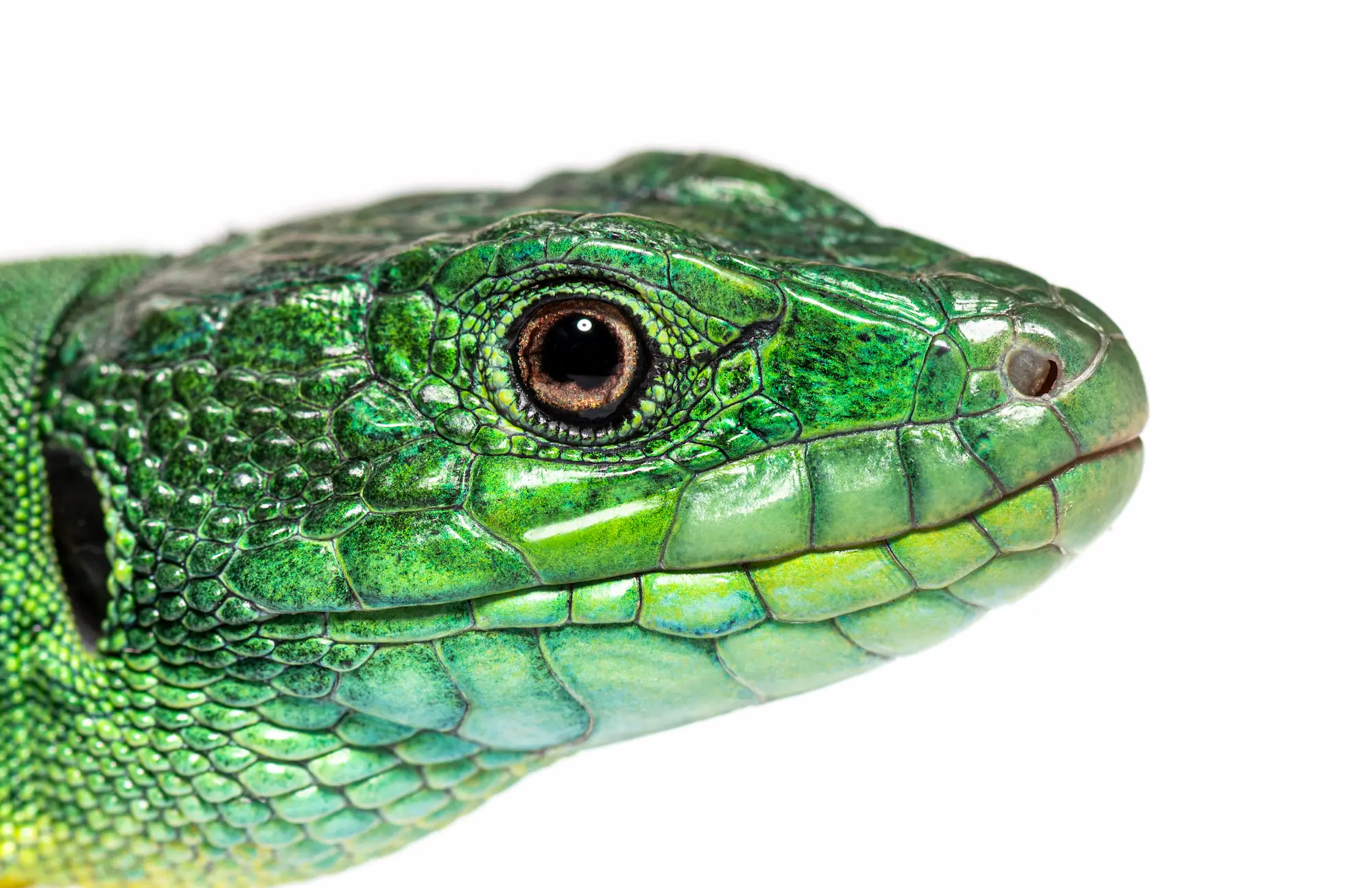When it comes to the classification of animals, there can often be confusion, especially between reptiles and mammals.
While they share the common trait of being vertebrates, they are distinct groups with fundamental differences.
Today, we’re diving into the intricacies of these fascinating creatures to answer the question: Are reptiles mammals?

Defining Reptiles and Mammals
To understand why reptiles are not mammals, we need to look at the characteristics that define each group.
Reptiles belong to the class Reptilia and include snakes, lizards, turtles, and crocodiles. They are ectothermic, meaning they rely on external sources of heat to regulate their body temperature. Most reptiles lay eggs, and their skin is covered in scales or scutes, providing them with protection and helping to minimize water loss.
Mammals belong to the class Mammalia and include humans, dogs, whales, and bats. Mammals are endothermic – they can regulate their body temperature internally. Most mammals give birth to live young, although monotremes like the platypus and echidna lay eggs. They also have three middle ear bones and an array of other characteristics, such as the presence of mammary glands, which they use to feed their young.
Key Differences Between Reptiles and Mammals
1. Body Temperature Regulation
Reptiles are ectothermic, meaning they depend on external sources to maintain their body temperature. This is why you often see reptiles basking in the sun.
Mammals are endothermic, which allows them to generate heat internally and maintain a stable body temperature regardless of their environment.
2. Reproduction
Reptiles primarily lay eggs, although some, like certain species of snakes and lizards, give birth to live young.
Mammals usually give birth to live young, with the exception of egg-laying monotremes. They also have mammary glands that produce milk to nourish their offspring.
3. Skin and Covering
Reptiles have skin covered in scales or scutes, which provide protection and reduce water loss.
Mammals have skin covered in hair or fur, which helps with thermal insulation and sensory functions.
4. Ear Structure
Reptiles have a single bone in their middle ear.
Mammals have three bones in their middle ear, known as the malleus, incus, and stapes, which enhance their hearing capabilities.
5. Lower Jaw
Reptiles have multiple bones in their lower jaw.
Mammals have a single lower jaw bone, called the dentary, which articulates directly with the skull.
Evolutionary Lineage
Reptiles and mammals also have different evolutionary lineages. The common ancestor of all reptiles is believed to have appeared about 310 million years ago during the Carboniferous period. Reptiles were among the first animals to fully adapt to life on land.
Mammals, on the other hand, evolved from a group of reptilian ancestors known as synapsids, around 200 million years ago in the Mesozoic era. This evolutionary process involved significant changes in physiology, such as the development of endothermy and the diversification of their diet and living habits, leading to the wide range of mammals we see today.
Are There Any Overlaps?
While reptiles and mammals are distinct, there are some fascinating overlaps in their traits. For example:
Viviparity: Some reptiles, such as the boa constrictor, give birth to live young, a trait predominantly associated with mammals.
Parental Care: Certain reptiles display parental care, such as the crocodile which guards its nest and assists hatchlings, a behavior also common among mammals.
The Importance of Classification
Final Thoughts
In conclusion, while reptiles and mammals share some similarities as vertebrates, they are categorically different groups of animals. Key differences in body temperature regulation, skin covering, reproductive methods, ear structure, and evolutionary lineage set them apart.
Understanding these differences not only clarifies the distinction between reptiles and mammals but also deepens our appreciation for the rich diversity of life on Earth.
In a world teeming with incredible biodiversity, recognizing and respecting the unique characteristics of each animal group is crucial. Whether you’re intrigued by the ancient, sun-basking reptile or the warm-blooded, nurturing mammal, each has a fascinating role in the tapestry of nature.





